Public Schools as Change Agents
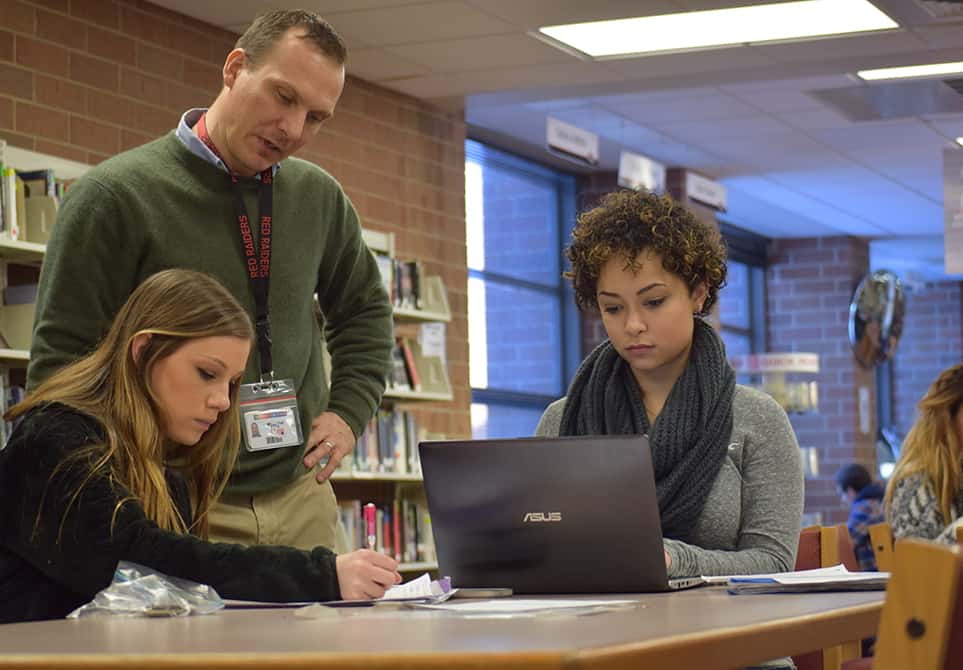
Scott Rowe
What started with three teachers, teaching three sections of less than 100 students has organically evolved into over 40 teachers, teaching 38 courses to more than 1,600 individual students, who account for over 3500 seats in courses! I am the proud Principal of Huntley High School, a far Northwestern Suburb of Chicago. We are five years into a unique style of blended learning that we developed to meet the needs of our students and break down the walls of the traditional school day.
I’d like to begin by commending charter schools and other independent schools that are innovating and redefining what an American education can look like. Your work is very respectable and is making a great difference in the lives of those students you teach. The fact remains that the vast majority of our students are being educated in public schools. If we are going to really make great change, and truly redefine the American education, we have to make change in public schools.
As a public school system we can’t wait for our individual states or the Federal Department of Education to spark change. I believe we have to do this on a grassroots level. Individual schools have to start the change movement. At Huntley High School, we are trying to live this change we believe our beloved profession needs.
Blended Learning at Huntley HS
Our high school IS a traditional high school and still offers traditional high school courses. However, we also consider HOW our students learn and meet them where they are in their learning approach. We offer courses in a traditional, blended, and online format to allow our students and their families to decide which delivery modality best suits their learning needs. Our blended classes meet at minimum twice per week with three days of online work. Our students have control over the time, place, and pace at which they work because of this structure. When their class does not meet, they have the flexibility to work in our HUB (or as the traditional school would call the library) they can leave campus, or meet with the teacher of their blended course for individualized learning assistance.
Teacher Autonomy & Empowerment for Student Success
Our teachers utilize a learning management system (Haiku) to build their online content and mass communication with their students. Our teachers have a great deal of autonomy in how they run their class. They can set the number of days needed week to week depending on how the class is doing, or how individual students are progressing. If a student falls to a failing grade they are required to attend to allow the teacher to work with the student and diagnose the learning block and work to solve the problems. This safety net is an extremely important aspect of our program. We have the ability to protect them from themselves prior to their departure from HHS and permanent damage which our graduates are reporting to us as being a tremendous help.
Teachers also report they feel liberated as teachers and more connected to their students. Imagine that, they see them in person fewer times per week, but feel more connected to them because the quality of interaction has improved. Our students report that they are more motivated to work in a blended course because they own their learning more. They are collaborating with their peers on projects more, and teachers are beginning to assign production projects more which all fit into the 21st century learning framework we are aiming to hit.
The Importance of Leadership
We devoted a full time administrator to this program to oversee it like a department. We created a Blended Learning Department Chair position to focus on teacher training, evaluation within the model, course development, and to serve as a liaison to the building management team while we adapted our traditional high school philosophical structures. We worked out the nitty gritty details of teacher training in Understanding by Design to ensure courses were built focusing on the desired outcome and remained standard focused. It is a difficult shift for teachers to make, moving away from having students in front of them day in day out to potentially only seeing them two days per week. They have to decide what is valued and what they feel they have to reserve for face to face time and build the course around that. We tackled the coming and going of students and the simple issue of having students NOT in class every day but possibly still in the building. This mind shift of releasing responsibility and control to students is difficult for school systems that have been built on a factory model that values compliance. We made positive changes in the way we talked with our students and disciplined our students.
Change is Messy
I am very proud of what we have built, but don’t assume it was perfect, because it wasn’t. Schools are orderly with rules in place to make our building run, keep students safe, and protect the learning environment. We had to blow that model up and now students are moving throughout the building almost constantly. We struggled with how to monitor students leaving the building and returning while maintaining knowledge of who was here and who wasn’t if an emergent situation arose. We now use HERO, which monitors and assigns tardies, but also allows students to scan in and out of the building tracking location in case of emergency. We struggled with communication between traditional departments and its impact on blended teachers. Meetings were a struggle because of the flexible schedules blended teachers had in place for their students. A department chair would make decisions for the department and not consider how it would impact the blended teacher in their department because they thought with a traditional mindset. Scheduling blended department meetings, as simple as that might sound, was very challenging because teachers were essentially living in two separate departments. In a school of nearly 3,000 students teachers are constantly meeting after school and finding time to learn and reflect with their blended colleagues was difficult, yet important. We are by no means functioning without issue five years in, but we have worked out these kinks and the majority of the other issues and have a mindset of being problem solvers whenever something pops up because we have done it before. Although these issues were real, stressful, and often times we had knock down drag out “problem solving” sessions, we have emerged a better school and team for it. The most important thing we did was decide we were committed to helping our school evolve into a 21st century institution of learning and burned the boats so there was no turning back.
Departments have to own whatever version of blended learning your school tries and you will benefit from having all stakeholders a part of the problem solving to prevent any pockets of miscommunication. Although this began as an initiative handed down from our Superintendent it has grown to become a part of who we are and just a piece of our school’s culture. I believe this was accomplished because all staff voluntarily elect to teach a blended course. The value and personal growth they report to me they have made is what drives them. They feel they are better teachers in both traditional and blended settings because our blended learning structure empowers them to evaluate what students really need to know and what aspects of their learning does the teacher really need to be a part of face to face. All teachers report they feel like a first year teacher again as they transition into a successful blended teacher, which not only has rejuvenated them in our progression, but has benefited our school in the quality of instruction in traditional classrooms as well.
Building Momentum and Moving Forward
We are five years into our change movement and have begun to feel the momentum around us. Our students have spoken by registering, and they have chosen to have control over time, place, and pace in their learning. We are seeing equal to or higher performance on common assessment data when examining blended and traditional courses of the same subject. Our students are asking for more blended courses and our teachers, who have all volunteered to teach in this method, continue to request it as well. Our journey with blended learning at Huntley High School continues to evolve. We are excited to be on the forefront of change, and we are a testament to the fact that innovation works in public schools!
Learn more:
- Blended Learning Implementation Guide 3.0
- Entry Points Into Blended Learning Implementation
- EdTech Implementation Without Supports Cannot Stand
Scott Rowe serves as Principal at Huntley High School in Huntley, IL. Follow Scott on Twitter, @ScottRowe158.
Stay in-the-know with all things EdTech and innovations in learning by signing up to receive the weekly Smart Update.

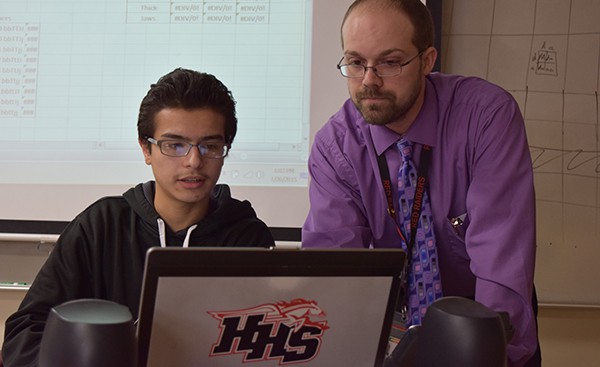

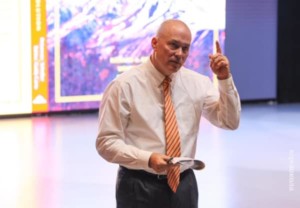
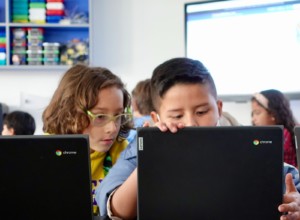
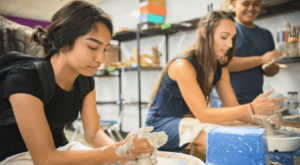
0 Comments
Leave a Comment
Your email address will not be published. All fields are required.